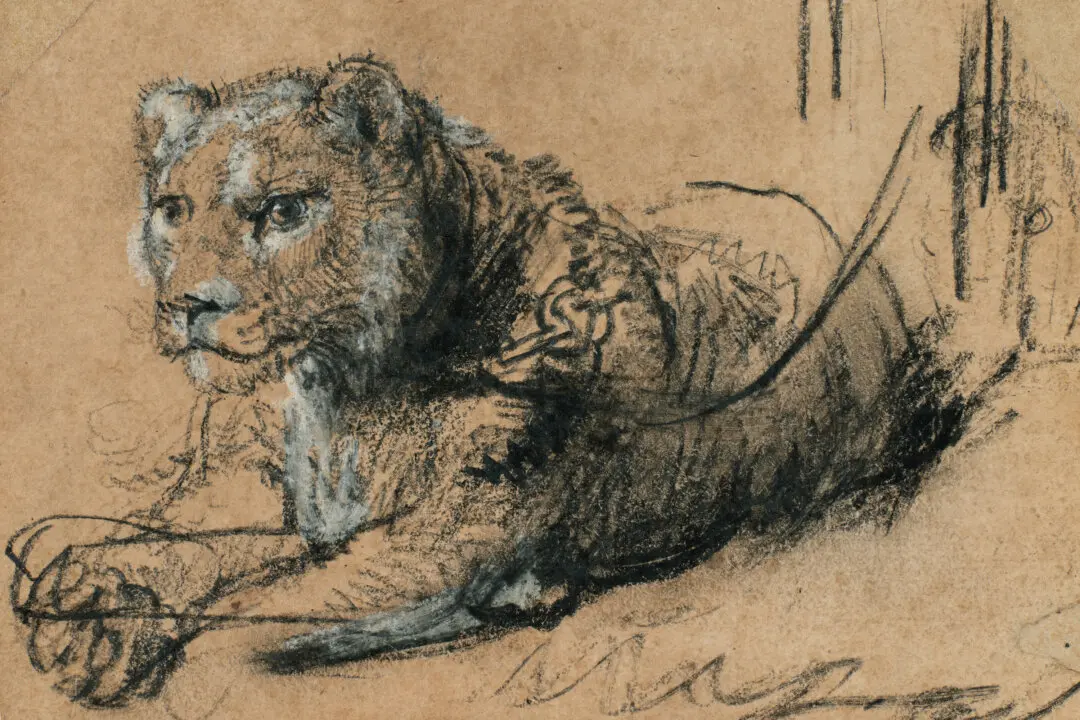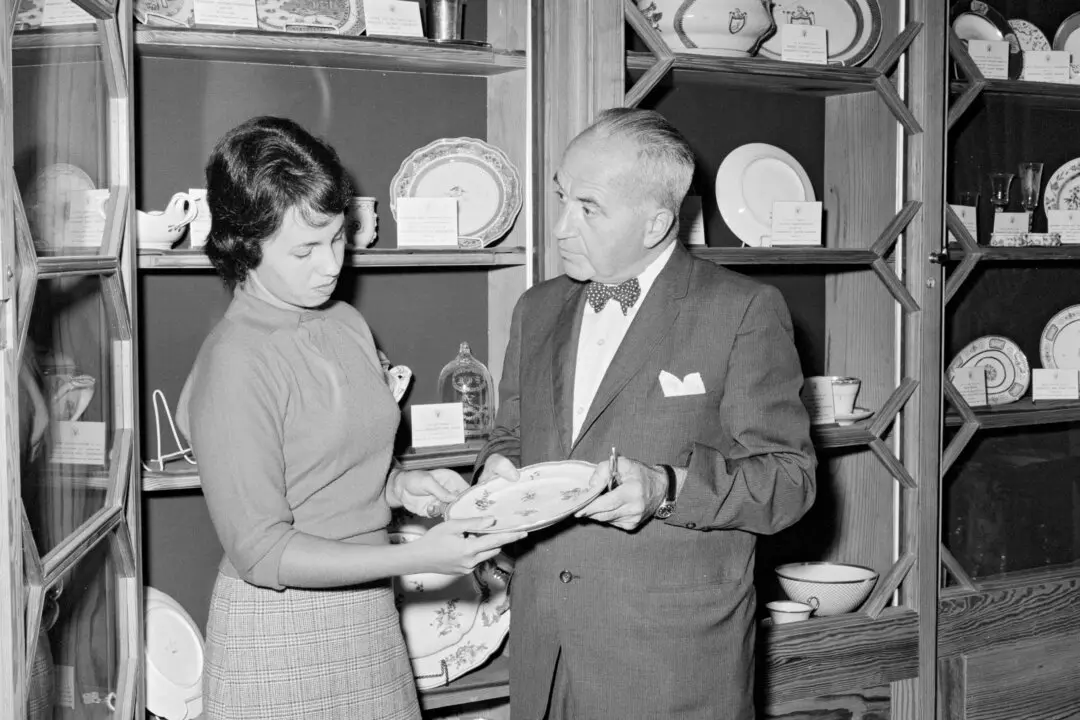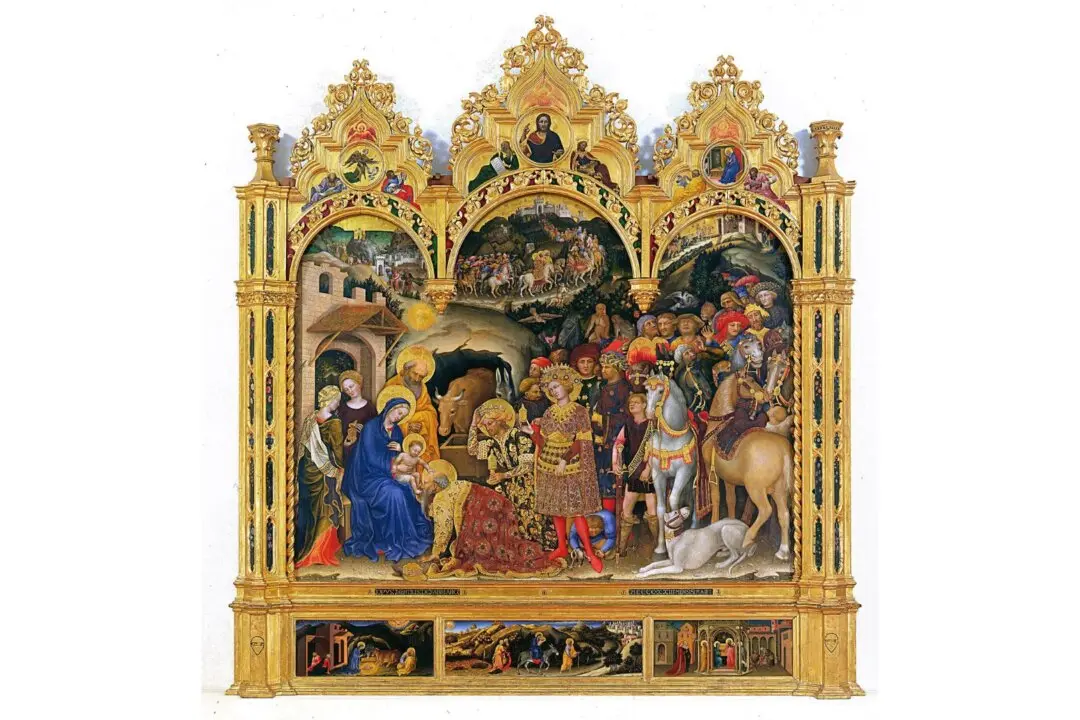New York City was America’s manufacturing center of luxury furniture and interior decorations during the late 1870s and early 1880s. The post-Civil War era boomed for U.S. industries producing high-end household objects, which coincided with an unprecedented residential construction spree spurred by national economic growth.
Pottier and Stymus Manufacturing Company was among the leading firms known for artistically beautiful and exquisitely made furniture and interior design schemes. They became one of the largest companies in the trade, employing many newly immigrated, highly skilled European craftsman. The company had a showroom and multiple workshops housed in Manhattan and, later, Queens.





